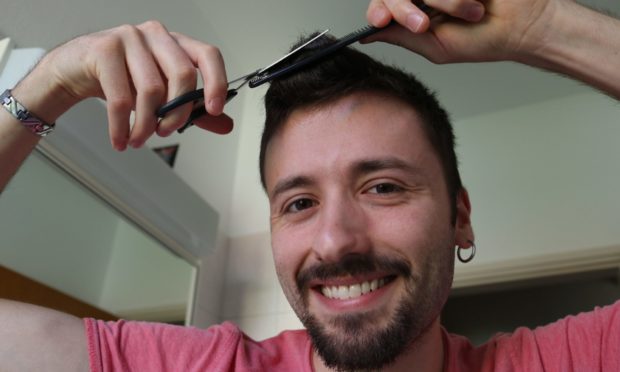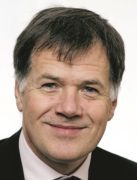Perhaps it is a sign that things are improving that I am becoming increasingly concerned about the length of my hair.
More than four months have passed since my last visit to Sandra’s Hair Salon in Dingwall and my hair is even longer than it was when that was the fashion in the 1970s.
So far, I have convinced myself that this is OK, it won’t be for long and perhaps I can work the Scandi-architect look a bit longer.
It is now nearly three months since lockdown was enforced in Scotland and it seems an age since the country’s first Covid-19 case was announced on March 1.
I had early warning of what could be about to happen through discussions with colleagues, including a worrying discussion with a friend who had worked on the front line in Hong Kong during the Sars outbreak, and so my sleepless nights of anxiety started a little earlier than most.
We then moved into crisis mode, with daily meetings and discussions that led to completely reorganising the way we worked.
This adrenalin rush kept me going at first, but a few weeks ago I realised my energy was spent. I think it was the realisation that this pandemic is going to last longer than we ever imagined.
I was tired, grumpy, and my enthusiasm was gone. I was less engaged with my colleagues and felt I was losing my sense of purpose. Things had moved on from being focused on action, and the new systems became increasingly irksome.
Like everyone, I wanted life to go back to normal, but had to accept it wasn’t going to happen.
Fortunately, my malaise coincided with a week’s planned leave and a chance to recharge, tend my vegetables and spend time with my family, who have all returned to spend lockdown with us.
Currently, the figures for rates of infection are encouraging. We may dare to hope that better times are coming. Lockdown is easing and I alternate between looking forward to more freedom and worrying that the virus will return.
Realistically, it’s unlikely the virus will be banished for good any time soon. Perhaps it will just fade away, but it’s more likely that there will be small outbreaks, like wildfires, in distinct localities or a more gradual rise in numbers if our attention lapses.
Until a vaccine is developed or things are more certain we must keep adapting to the idea of life with coronavirus.
My practice has started to plan what our future service might look like and the phases we will need to follow to get there.
We are still working with high levels of infection control for the safety of ourselves, our staff and our patients.
I’ve noticed less time is being spent dealing with Covid-type symptoms and more with our patients’ regular illnesses and concerns, which is good because the last three months have left a huge backlog of routine work and part of our plan will ensure we catch up with this.
Social distancing and shielding continues, so we will need to continue to do much of our work on the phone or by video.
This is a real worry.
General practice, like the rest of the NHS, is going to be able to treat significantly fewer people than we did over a comparable time in 2019 and even then our capacity to see everyone was stretched.
In addition, we anticipate looking after many people who are on ever-lengthening waiting lists for operations.
It is disheartening, seeing people again and again while they wait for surgery or other treatment.
But there have been positives. We are managing because all parts of the health and social care system are working brilliantly together.
I hope this carries on and that the communication between hospitals and GPs will continue to improve.
We need to keep sharing advice and support to care for patients in different ways that will reduce the need for routine outpatient clinics and hospital attendances.
Our computer systems urgently need improved to enable better sharing of information and video consulting options.
Options for patients’ first contact with the NHS have been increased. Colleagues in pharmacy, physiotherapy, optometry, podiatry, and others are now even more directly available to patients.
GP surgeries should be expanded with more doctors and other health professionals able to care for more patients closer to home, with more direct support from specialist colleagues.
First things first, however. We have to beat coronavirus, however long it takes. Once that’s done, we won’t be going back to the NHS we had last year but maybe, just maybe, it might be even better and something the public has even more reason to applaud, whatever our hair currently looks like.











